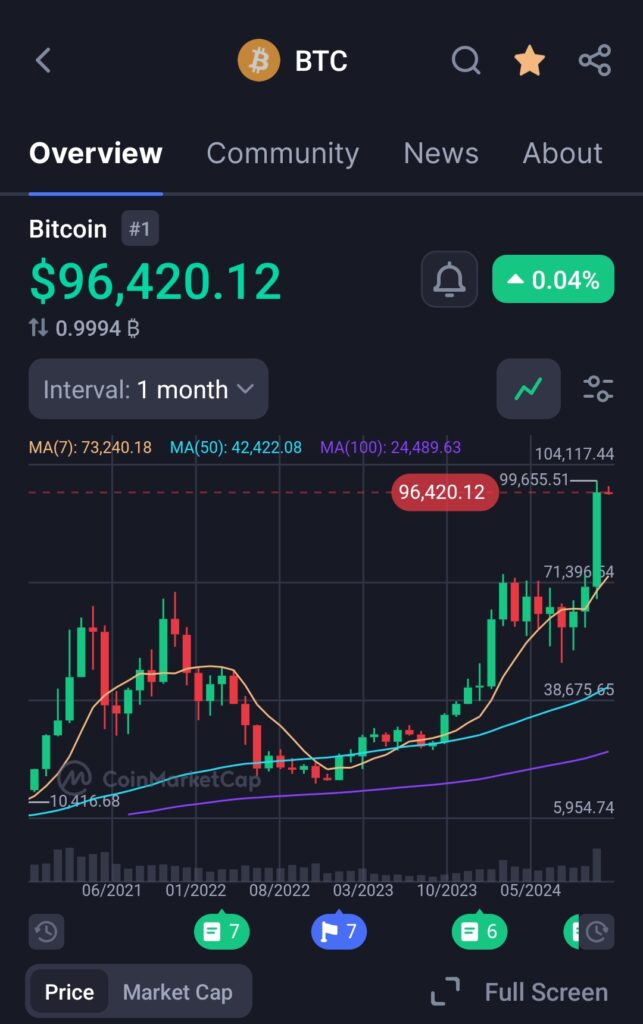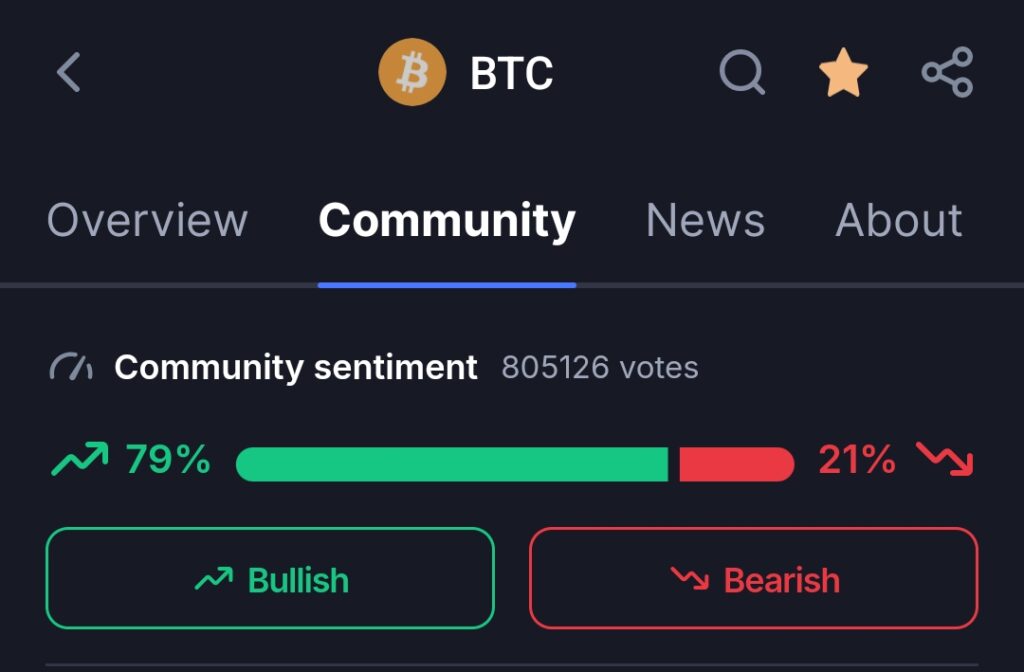Bitcoin, the first cryptocurrency, has emerged as a cornerstone of the global financial ecosystem, transforming from a niche digital asset to a mainstream investment vehicle. Its dramatic price swings have been a source of interest for investors and analysts alike over the years. Recently, Charles Hoskinson, the founder of Cardano and a prominent figure in the blockchain space, shared his belief that Bitcoin could eventually hit a staggering price of $250,000. This bold prediction, though optimistic, is based on a mix of economic, technological, and adoption-related factors. We now look at the rationale behind this forecast, the opportunities it presents, and the challenges that lie ahead.

1. Scarcity and Institutional Adoption
One of the most compelling attributes of Bitcoin is its scarcity. Unlike fiat currencies, which are printed at will by central banks, Bitcoin has a capped supply of 21 million coins, a feature embedded in its code. This limited supply ensures that Bitcoin remains immune to inflationary pressures, making it an attractive store of value, especially in times of economic uncertainty.
Institutional adoption is one of the main drivers of Bitcoin price potential. For the past couple of years, large corporate entities and institutional investors have caught on to the value that Bitcoin presents. Companies from Tesla to MicroStrategy and Square together have invested billions of dollars in Bitcoins, while financial institutions such as BlackRock and Fidelity created investment products offering exposure to Bitcoins for their clients.
This institutional interest not only legitimates Bitcoin’s place as a store of value asset but also increases demand by an enormous margin. When traditional financial institutions start including Bitcoin in their portfolios, the scarcity of coins in circulation might create a supply shortage that drives the prices up. If this is to continue, then the $250,000 target will be more feasible.

2. Technological Developments within the Crypto Space
While its base blockchain technology has been attacked as relatively rigid and not scalable, it remains by far the most secure and decentralized network in the crypto arena. Continuous improvements are making good strides in addressing some of these scalability issues, for instance, with the introduction of the Lightning Network that will allow even faster and cheaper transactions to be executed.
In addition, being the first and most recognized cryptocurrency, Bitcoin indirectly benefits from the growth of the broader blockchain and cryptocurrency ecosystem. The growth of decentralized finance (DeFi), non-fungible tokens (NFTs), and other blockchain-based innovations has increased awareness and adoption of cryptocurrencies in general, further solidifying Bitcoin’s role as the leading digital asset.
Hoskinson believes that as blockchain technology evolves, Bitcoin’s foundational role in this ecosystem will make it stronger. Its status as the “digital gold” of the crypto world makes it a preferred choice for both institutional and retail investors looking for a stable and reliable investment within the volatile cryptocurrency market.
3. Macroeconomic Tailwinds Supporting Bitcoin
The macroeconomic environment does play a significant role in Bitcoin’s price trajectory. In recent years, the world’s central banks have resorted to aggressive monetary policies, including quantitative easing and near-zero interest rates, to counter economic slowdowns. These measures have brought fears of inflation and devaluation of fiat currencies.
Bitcoin, with its decentralized nature and finite supply, is an attractive alternative to traditional assets like gold. As inflation erodes the purchasing power of fiat money, investors increasingly turn to Bitcoin as a hedge. In Hoskinson’s view, Bitcoin’s ability to act as a store of value will become even more relevant with global economic uncertainties persisting.
Yet other forms of geopolitical tensions and instability further throw the utility of Bitcoin at such traditional financial systems as something that transcends borders, defies censorship, and protects and offers accessibility to global markets even to people in places facing hyperinflation and more stringently enforced capital controls. With its practical use, long-term value is slowly increasing for Bitcoin.
4. Retail Adoption and Network Effects
Retail investors have been a driving force behind Bitcoin’s meteoric rise, and their influence continues to grow. With the proliferation of user-friendly cryptocurrency exchanges and wallet services, buying and holding Bitcoin has never been easier. This accessibility has democratized investment opportunities, allowing millions of individuals worldwide to participate in the Bitcoin market.
Global adoption is picking up pace as well. When El Salvador declared Bitcoin as legal tender, it was a major development, showcasing the possibility of cryptocurrencies reshaping national economies. Other countries are emulating this strategy, and the acceptance level of bitcoin for ordinary transactions is increasing gradually.
Hoskinson emphasizes network effects in Bitcoin’s growth. The more people use and hold Bitcoin, the higher its value will be, creating a positive feedback loop. Such a growing user base, in combination with increased awareness and education about cryptocurrencies, could send Bitcoin to the $250,000 mark.
5. Challenges and Potential Risks
Despite the massive potential, a road to $250,000 in Bitcoin is fraught with various obstacles. The largest of those is still regulatory uncertainty. As governments across the world adopted different stances toward Bitcoin, from an outright ban to promotion, more stringent regulations or adverse policies could temper investor interest and slow the adoption curve.
Another significant concern is the market volatility. Bitcoin’s price history is highly volatile with extreme price swings, which scares away risk-averse investors. Also, the competition from other cryptocurrencies threatens to steal the show. While Bitcoin has the leading market share, newer blockchain projects such as Ethereum and Cardano are designed with features that attract users and developers.
Acknowledging these challenges, Hoskinson remains optimistic about Bitcoin’s future. He believes that its resilience over the last decade has shown it can weather adversities and adapt to changing circumstances. With continued innovation, regulatory clarity, and widespread adoption, Bitcoin can overcome these hurdles and soar to unprecedented heights.
One of the founders of Cardano, Charles Hoskinson has made a bold prediction on where Bitcoin is headed. During recent statements, Hoskinson suggested that the world’s leading cryptocurrency may even surpass the mark of $250,000, saying that the long-term outlook for Bitcoin continues to be highly promising, especially at a time where the crypto market is at times experiencing heightened interest and volatility.
Hoskinson, who is known for his work in the blockchain space, is not one to make predictions about the future of digital assets. He noted that Bitcoin, despite some market corrections, has remained as a store of value and continues to attract institutional capital. In the opinion of Hoskinson, Bitcoin’s limited supply and its increasing adoption as an alternative to traditional fiat currencies could propel its price to new all-time highs.

Why the $250,000 Prediction?
The reasoning behind the $250,000 figure for Hoskinson lies in the growing role Bitcoin plays as a hedge against inflation. With central banks printing money around the world, investors are looking to Bitcoin as a store of value, much like gold. With a fixed supply of 21 million coins, the scarcity of Bitcoin is playing a key role in this narrative, and most analysts believe that as demand increases, so will the price.
However, Bitcoin’s adoption by institutional investors-the institutional involvement from major companies and hedge funds-has been of much great importance to its credibility. Its change from purely decentralized or individualist involvement has lessened its volatility in the long run, thus making a stronger ground for it in the financial world.Future Obstacles
Moreover, the emergence of other competing blockchain projects, such as Cardano, may also challenge Bitcoin’s reign. As a proponent of blockchain innovation and the development of the crypto space, Hoskinson still thinks that due to its position as the first and most known cryptocurrency, Bitcoin will always have the upper hand in the market.
Conclusion
Charles Hoskinson predicts that one day Bitcoin will reach $250,000. This is quite an optimistic view, considering the growing acceptance and adoption of cryptocurrencies. The market remains pretty volatile, and there are various uncertainties, but according to Hoskinson, the long-term outlook for Bitcoin seems bright. Investors and enthusiasts will be watching closely to see if Bitcoin can reach such heights to solidify its place in the global financial landscape as a dominant asset.



